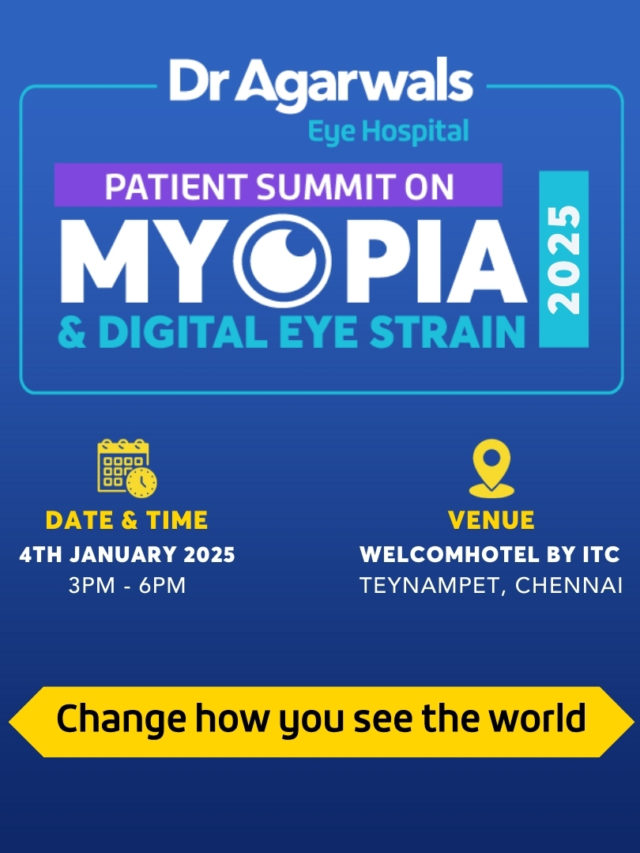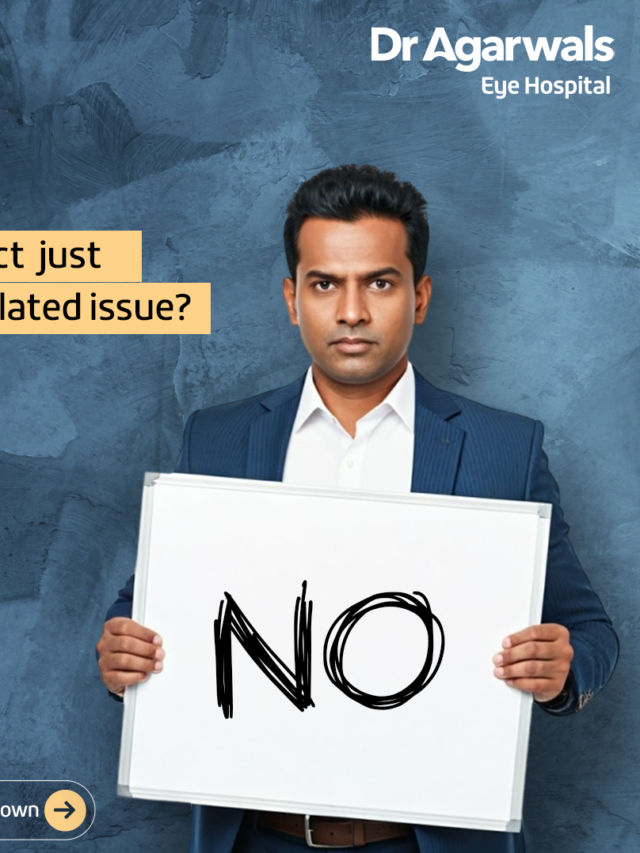When children complain of itchy, watery eyes or constantly rub them, it could be more than just a temporary irritation. Eye allergies in children are common and can cause significant discomfort, affecting their ability to concentrate, play, and learn. Whether triggered by seasonal pollen, dust, or pet dander, these allergies can be managed effectively through proper treatment, including the use of allergy eye drops for kids and other preventative strategies.
In this blog, we’ll take a closer look at pediatric allergic conjunctivitis and explore tips to keep your child’s eyes healthy and irritation-free.
Understanding Eye Allergies in Children
Eye allergies occur when the body’s immune system overreacts to allergens, such as pollen, mold, dust mites, or pet dander. When allergens come into contact with the eyes, they trigger the release of histamines, causing inflammation and a variety of uncomfortable symptoms. For children, this can be particularly bothersome as they may not fully understand how to communicate or cope with the irritation.
One common type of eye allergy is pediatric allergic conjunctivitis, an inflammation of the conjunctiva (the clear membrane covering the white part of the eye and inside the eyelid). It can be seasonal (due to pollen and outdoor allergens) or perennial (persistent throughout the year due to indoor triggers like pet hair and dust).
Symptoms of Eye Allergies in Children
Recognizing the signs of eye allergies is the first step to effective treatment. Symptoms typically include:
- Itchy or burning eyes
- Redness and swelling of the eyes
- Watery or teary eyes
- Unyeti kwa mwanga
- Blurred vision (in severe cases)
- Excessive eye rubbing
If your child experiences these symptoms regularly, it’s important to seek professional guidance. Left untreated, severe allergies can disrupt daily activities and even lead to complications like corneal damage.
Causes of Pediatric Allergic Conjunctivitis
Several common allergens can trigger eye allergies in children. Understanding the source of the allergy is key to managing symptoms effectively. Some common triggers include:
- Seasonal Allergens: Pollen from trees, grasses, and flowers is a common trigger during the spring and fall.
- Indoor Allergens: Dust mites, mold, and pet dander can cause year-round allergic reactions.
- Environmental Irritants: Smoke, pollution, and strong odors may exacerbate eye irritation.
- Contact Allergens: Products like soaps, shampoos, and makeup can cause localized allergic reactions when they come into contact with the eyes.
Knowing what triggers your child’s allergies can help tailor prevention strategies and minimize exposure.
Treatment Options for Eye Allergies in Children
Fortunately, a variety of treatments can help alleviate the symptoms of eye allergies. These range from simple home remedies to doctor-prescribed medications.
1. Allergy Eye Drops for Kids
One of the most effective treatments, allergy eye drops help reduce inflammation, soothe irritation, and relieve itching. Depending on the severity of the symptoms, your doctor may recommend:
- Antihistamine Eye Drops: Block histamine production to reduce itchiness and redness.
- Mast Cell Stabilizers: Prevent the release of histamines, making them ideal for long-term use.
- Decongestant Eye Drops: Reduce eye redness and swelling but are not suitable for long-term use in children.
Always consult a pediatric eye specialist before choosing eye drops to ensure they are safe for your child’s age and condition.
2. Cold Compresses
Applying a cold compress over the eyes can reduce swelling and provide immediate relief from itching and discomfort. This simple home remedy is especially effective during flare-ups.
3. Over-the-Counter or Prescription Antihistamines
Oral antihistamines can help control allergic reactions, particularly if the child experiences symptoms beyond the eyes, such as a runny nose or sneezing. However, these medications should be taken under medical supervision to avoid side effects.
4. Artificial Tears
Lubricating eye drops (artificial tears) can wash away allergens from the surface of the eyes and keep them hydrated. They are a safe option for relieving mild irritation.
Preventing Eye Allergies in Children
Prevention is always better than cure, and there are several ways to reduce your child’s exposure to allergens:
- Limit outdoor exposure during high-pollen seasons: Check pollen forecasts and keep windows closed during peak hours.
- Maintain clean indoor environments: Regularly vacuum carpets, wash bedding, and clean air filters to reduce dust and pet dander.
- Teach proper hygiene: Encourage children to wash their hands and avoid rubbing their eyes, as this can worsen symptoms.
- Use allergen-proof bedding: Covers and sheets designed to block dust mites can help minimize indoor triggers.
By taking preventive measures, you can create a safer and more comfortable environment for your child.
Protecting Your Child’s Eyes from Allergies
Managing eye allergies in children requires a combination of preventative measures and effective treatments. By understanding the triggers and symptoms of conditions like pediatric allergic conjunctivitis and using the right allergy eye drops for kids, parents can provide relief and improve their child’s quality of life. With proper care and regular check-ups, your child can enjoy clear, comfortable vision all year round.




